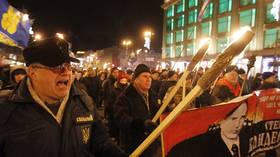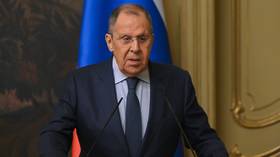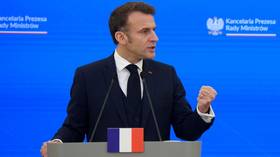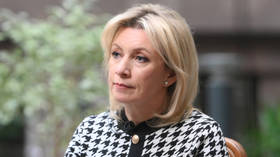Ancient Egyptian riddle: Fresh bid to identify mystery pharaoh in Luxor’s ‘KV55’ tomb
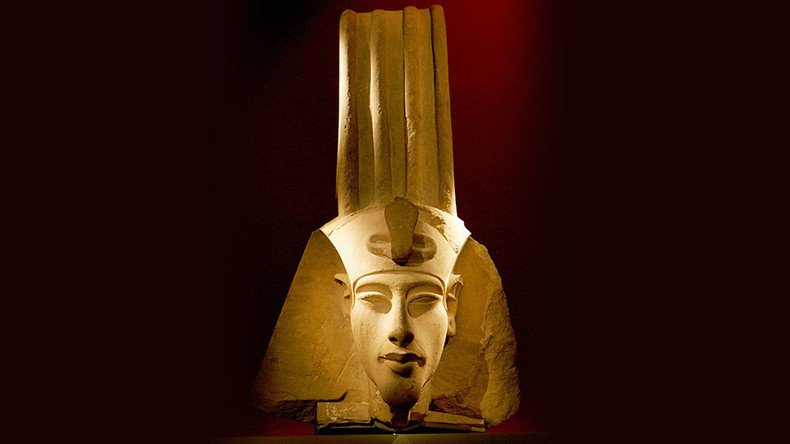
The Egyptian Ministry of Antiquities has launched a new study to solve the mystery of a sarcophagus uncovered 110 years ago in the Valley of the Kings in Luxor.
Some 500 gold sheets and the remains of a human skull found in museum storage in Cairo will form the focus of the investigation.
The sarcophagus has been the source of much controversy among Egyptologists. The tomb is thought by many to have once held the body of King Akhenaten, who ruled around 1350 B.C. The ancient pharaoh was father to possibly the most famous Egyptian ruler of them all - the boy king Tutankhamen.
A handwritten note in French dating to the time of the items’ discovery in 1906 references the sarcophagus of unidentified royalty. Meanwhile, a study undertaken last year determined the gold sheets likely belonged to a sarcophagus inside a tomb known as ‘KV55’.
Will #KV55 's mystery ever be revealed? researchers reexamin fragments found within coffin, #archaeology . pic.twitter.com/T5AODXL4dL
— Archaeology & Arts (@archaiologia_en) June 16, 2016
Study aims to uncover mystery of Luxor's tomb KV55; whose sarcophagus was it? https://t.co/aBbzr2o2japic.twitter.com/ycWBtH2UAa
— Donna Yates (@DrDonnaYates) June 15, 2016
British archaeologist Edward Ayrton discovered the ornate tomb KV55 close to the tombs of Tutankhamun and Ramesses IX, however the identity of its original occupant has never been confirmed.
The tomb’s sarcophagus is currently on display in the Egyptian Museum in Cairo’s Tahrir Square.
READ MORE: Extraterrestrial blade: King Tutankhamun’s dagger came from outer space
Now, the American Research Center (ARCE) has dedicated a $28,500 grant towards the investigation into the tomb and its mysterious coffin.
Egypt’s Ministry of Antiquities said in a statement that a specialist team of Egyptian archaeologists and restorers would work together to determine the identity of both the “the owner of this sarcophagus” and “the owner of tomb KV55”.
“The research team is currently working on the dating of this sarcophagus through figuring out the similarities of these fragments with the sarcophagus and its inscriptions,” the statement reads.


